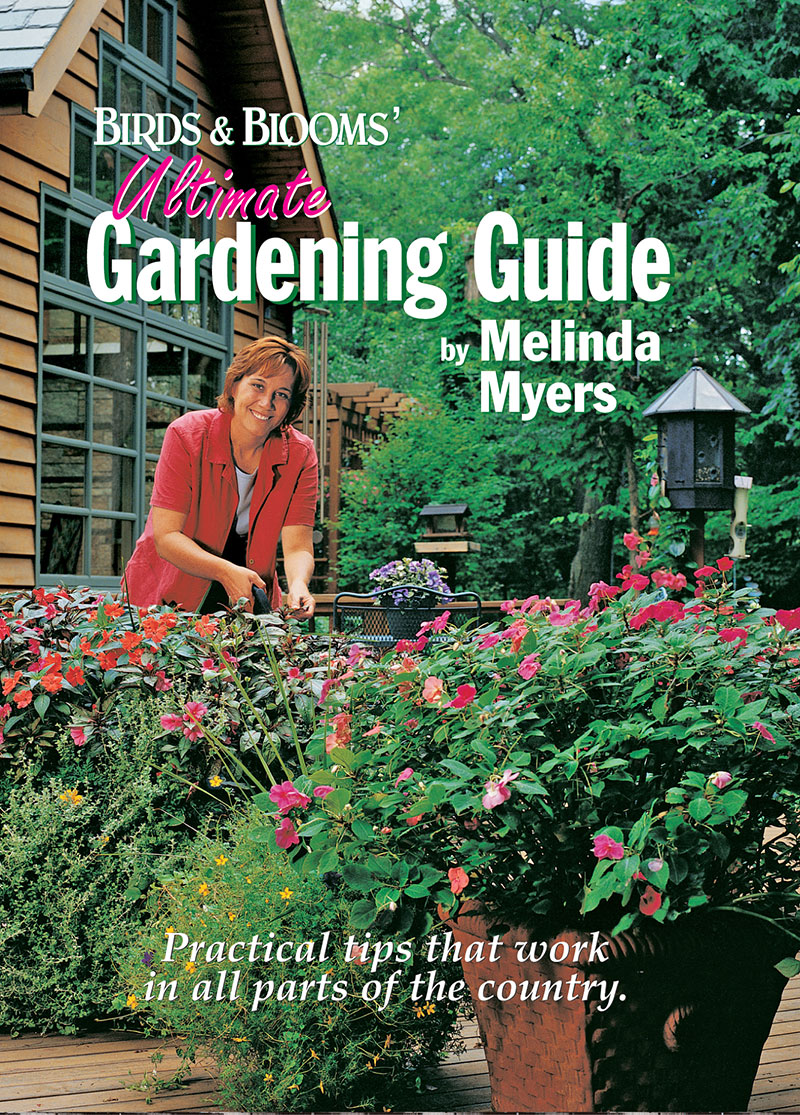
Care of Tulips and Hyacinths
I planted hyacinths and tulips this fall. What can I do to insure they’ll return each spring?
Newer hybrids of these bulbs tend to put on a spectacular show but only for a few years. Growing species or perennial-type tulips that tend to grow and flower for many seasons will result in years of spring beauty.
Hot summer temperatures can also limit flowering on both these plants. Proper placement and planting can help reduce this problem. Plant bulbs in areas of your landscape that tend to stay cooler in the summer. You can also mulch the soil in summer with shredded leaves, pine needles or other organic material to keep it cooler.
Plant both hyacinths and tulips six (eight in well-drained soils) inches deep in moist well-drained soil. This helps insulate bulbs from extremely hot and cold temperatures. Northern gardeners can cover plantings in winter with straw or march hay after the ground freezes. This will prevent early sprouting that often occurs during a winter thaw.
Use a repellent or bulb cages if animals tend to dig and eat your tulips.
And complete the process with a light application of a low nitrogen fertilizer in spring as the leaves emerge to help invigorate the plants.
If this sounds like too much work, don’t worry. With proper selection and planting you will usually get a great display. The extra effort increases the odds and longevity of the bulbs. And worse case scenario, the bulbs fade and you get a great opportunity to try some new varieties.
Related

Article

Article

Article
Upcoming Live Events
& Webinars
May 1, 2024
FREE WEBINAR
Ornamental Fruits and Vegetables
Register now
May 4, 2024
Garden U 2024
New Richmond, WI
Register now
May 9, 2024
FREE WEBINAR
How to Plant Your Rain Garden
Register now
May 11, 2024
Ask The Plant Doctor Q & A
Ebert's Greenhouse Village, Ixonia, WI
May 12, 2024
Ask The Plant Doctor Q & A
Ebert's Greenhouse Village, Ixonia, WI
May 18, 2024
Ask The Plant Doctor Q & A
Ebert's Greenhouse Village, Ixonia, WI
June 1, 2024
Selecting, Planting, Pruning and Caring for Hydrangeas
Ebert's Greenhouse Village, Ixonia, WI
June 5, 2024
FREE WEBINAR
Under-Appreciated Pollinators
Register now
WATCH ON-DEMAND WEBINARS
Learn More











